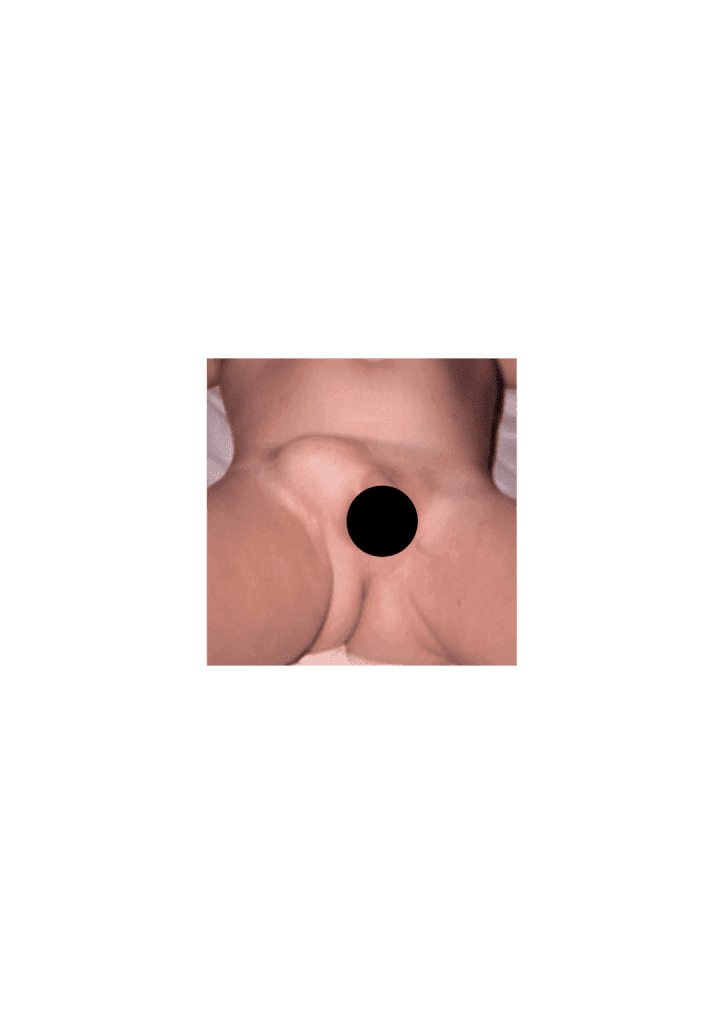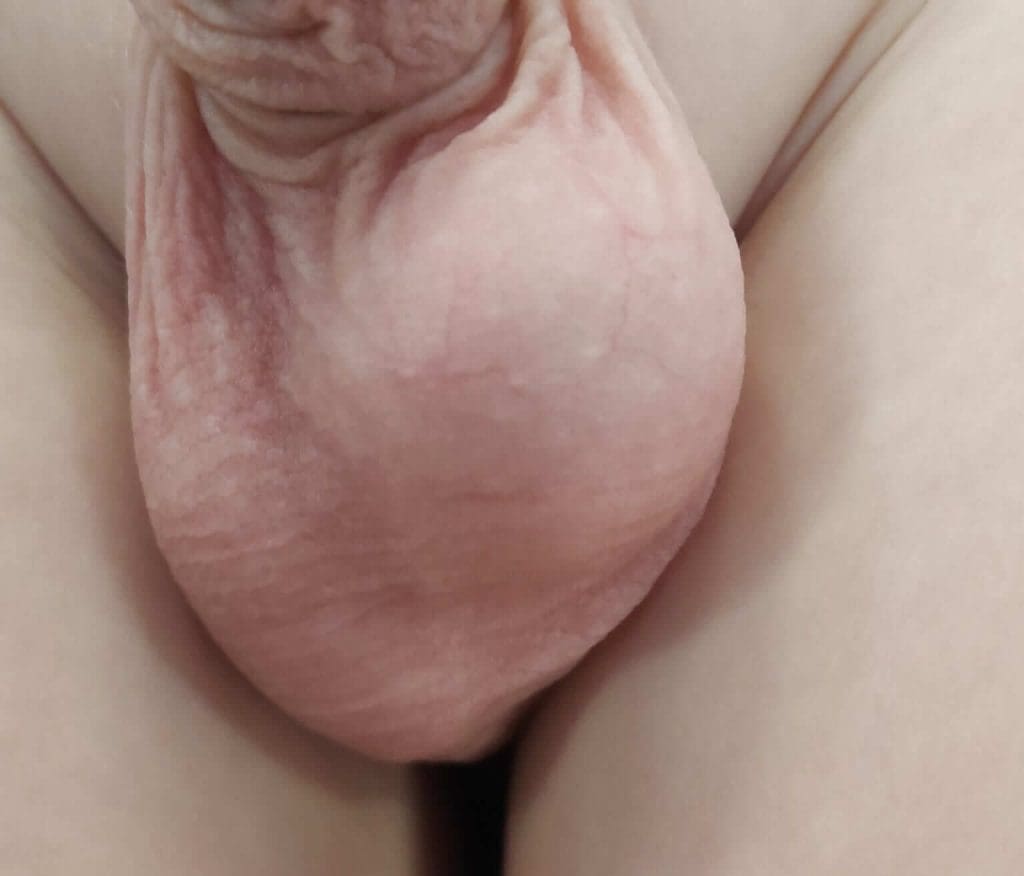
Inguinal hernia and hydrocele in children
The following post, discussing important and common condition in pediatrics, was written by Professor Naftali Freud, an excellent specialist in pediatric surgery and former director of the department of pediatric surgery in Schneider Children’s Medical Center in Israel. Professor Freud is on our list of recommended physicians by Dr Efi and you can find out more information about him here.
Thank you very much, good luck, and note the differences between these two conditions (hernias and hydroceles), which can be similar.
What is a hernia?
Hernia is the moving of an organ or tissue from its original location to a different space.
There are countless types of hernias and each one of them will be found elsewhere and will present with different symptoms.
What is an inguinal hernia and what is a hydrocele, and how do these occur in children?
An inguinal hernia in children (which is different to the adult hernia that occurs as a result of weakening of the abdominal wall muscles) is a result of remnants of peritoneal tissue (the internal membrane of the abdominal cavity) inside the inguinal canal. This inguinal canal connects the abdominal cavity to the scrotum (in males) or the labia majora (in females) in fetal life. This is the canal through which the testes descend in males and the frontal ligament of the uterus descends in females.
Once this process is complete, in most fetuses this peritoneal remnant closes. If it does not close, the remaining canal is referred to as the hernial sac.
As you can see in the first image attached, the hernia sac forms a canal that connect between the abdominal cavity to the groins and the external genitalia and allows the sliding of intra-abdominal organs (intestines, ovaries, intrabdominal fat) out of the abdominal cavity. Normally, the passage between the abdominal cavity to the groins closes closer to delivery. If the hernial sac remains open it turns into an inguinal hernia that must be surgically repaired.
What is a hydrocele?
A partial closure of the hernial sac allows the passage of intrabdominal fluids (which can be normally found in our bodies) to the scrotum and this condition is called hydrocele (the accumulation of fluids) as you can see in the second image attached. Hydroceles, on their own, do not pose any risk to the testes.
There are two types of hydroceles, in one the fluid remains around the testes and in the other the fluid is mobile and moves between the testes and the abdominal cavity, and so the volume may vary. The male hydrocele is similar to the cyst of the canal of Nuck in females.
Contrary to congenital hydroceles, hydroceles that are not congenital and present for the first time months or years after birth, indicates that the inguinal canal is open and that a hernia could develop.

What is the prevalence of inguinal hernias in children?
The prevalence is about 2-3% among term newborns and 30-50% of preterm babies. The prevalence of hernias is 4-5 times higher in males compared to females. A right-sided inguinal hernia is the most common type of hernia. A bilateral inguinal hernia is more common in females.
How prevalent are hydroceles in children?
The prevalence of hydroceles in male newborns can be as high as 60% and decreases to 0.8% after the age of 2.
What are the signs and symptoms of inguinal hernias in children?
This hallmark characteristic of hernias is a swelling in the region of the groin that is typically painless. Usually, in babies and younger children, the parents are those that notice the swelling and seek medical attention. Older children and adolescents may be able to feel some pain when coughing, during physical exercise or when there is increased intrabdominal pressure (like when straining to pass stool). Resting in a laying position almost always makes the pain disappear. If the signs of the hernia are not visible to the eye, a surgeon can often detect it on palpation. A hernia can also be detected with the help of an ultrasound scan, but it is not accurate enough and you cannot count on it as a single test to help determine the need for surgery.
What are the signs and symptoms of hydrocele in children?
The signs of hydrocele are usually unilateral or bilateral swelling of the scrotum, without any inguinal swelling.
The scrotum tends to turn bluish due to the fluids found in the hydrocele that is reflected through the skin of the scrotum.
How are inguinal hernias managed in children?
The management of a confirmed inguinal hernia is always surgical.
The need to repair an inguinal hernia surgically is not only cosmetic. Although the hernia itself is not dangerous, it could result in strangulation – a condition in which an intestine loop or an ovary is caught inside the hernia sac and cannot be freed. In this situation the blood supply to the incarcerated intestine is compromised and could damage the viable organ. It is a situation with grave implications (even death) which requires prompt treatment.
Incarceration of a hernia is characterized by acute changes to the general well-being of the baby, which may include irritability, vomiting, and difficulties walking in toddlers that are able to walk. On physical exam there will be a tender and swollen lump in the groin. It is recommended to lay the baby or child on their back and try to keep them calm. If the child does not improve within a maximum of an hour, prompt medical attention should be sought. Usually, a pediatric surgeon or experienced pediatrician will be able to reduce the incarcerated hernia manually without the need for immediate surgery and a surgical repair can be scheduled for a later time.
The rate of incarceration in the first year of life in babies that were born term is about 30% (in preterm babies the rate is higher). This rate decreases gradually with age. Therefore, once an inguinal hernia diagnosis is confirmed, in order to avoid complications, it is best not to postpone treatment and to surgically manage it as soon as possible.
How are hydroceles managed in children?
In a congenital hydrocele it is common to wait until the child is 1 year old prior to scheduling surgery because most cases resolve spontaneously by the age of 1. If the hydrocele persists beyond the age of 1, surgical intervention should be considered.
How is the surgery for inguinal hernia repair performed in children?
This surgery is performed in a surgical day-care and takes about 30 mins. In special circumstances, when the surgery is being done on babies and infants only several months old, the surgery can be performed under spinal anaesthesia, so only the lower part of the body is anesthetized.
Prior to the surgery the parents will meet the anaesthesiologist who will give them a detailed explanation of the type of anaesthesia that has been chosen. Usually, one of the parents will be allowed to accompany the child to the operating room and be with them until they start falling asleep.
During the surgery, a small incision (1-2cm) is made on the skin fold found above the groin. The hernial sac is then separated from the remainder of the adjacent organs (such as the spermatic cord and blood vessels in males), the base of the hernia is then closes (the passage to the abdominal cavity) with sutures and removed. Absorbable sutures are usually used so that they do not have to be removed later on and the wound heals within a short period of time.
Contrary to adults, inguinal hernias are not corrected laparoscopically because the incision is small anyway; just as small as the one that would be made for a laparoscopic surgery. In addition, synthetic nets are not used in children to repair the hernia, as they are in adults.
When the surgery is complete the child remains under observation for 3 hours and is then discharged home.
What is the expected course of recovery following surgery?
Usually, especially in babies and infants, severe pain is not expected because during the surgery local anaesthetics are injected into the site of the surgery. If the child experiences pain, this can be managed with any one of the common analgesic medications. When the child wakes up from the surgery they are allowed to drink. About two hours later, if the child is not experiencing vomiting, they are allowed to start having soft foods.
The rate of complications is low. Nonetheless, just like with any other surgery, an infection can develop at the site of the surgery and therefore you have to make sure that no changes such as swelling, redness, or warmth develop at the site of the surgery. If you notice any one of these signs consult with your surgeon immediately.
How can we summarize this topic?
Both inguinal hernias and hydrocele are very common conditions in childhood. Their diagnosis and management are usually simple. If surgery is needed, it is certainly not the end of the world and is typically scheduled ahead of time. Nonetheless, misdiagnosis and lack of proper timely management can lead to unpleasant complications with long-term implications.
For comments and questions, please register
